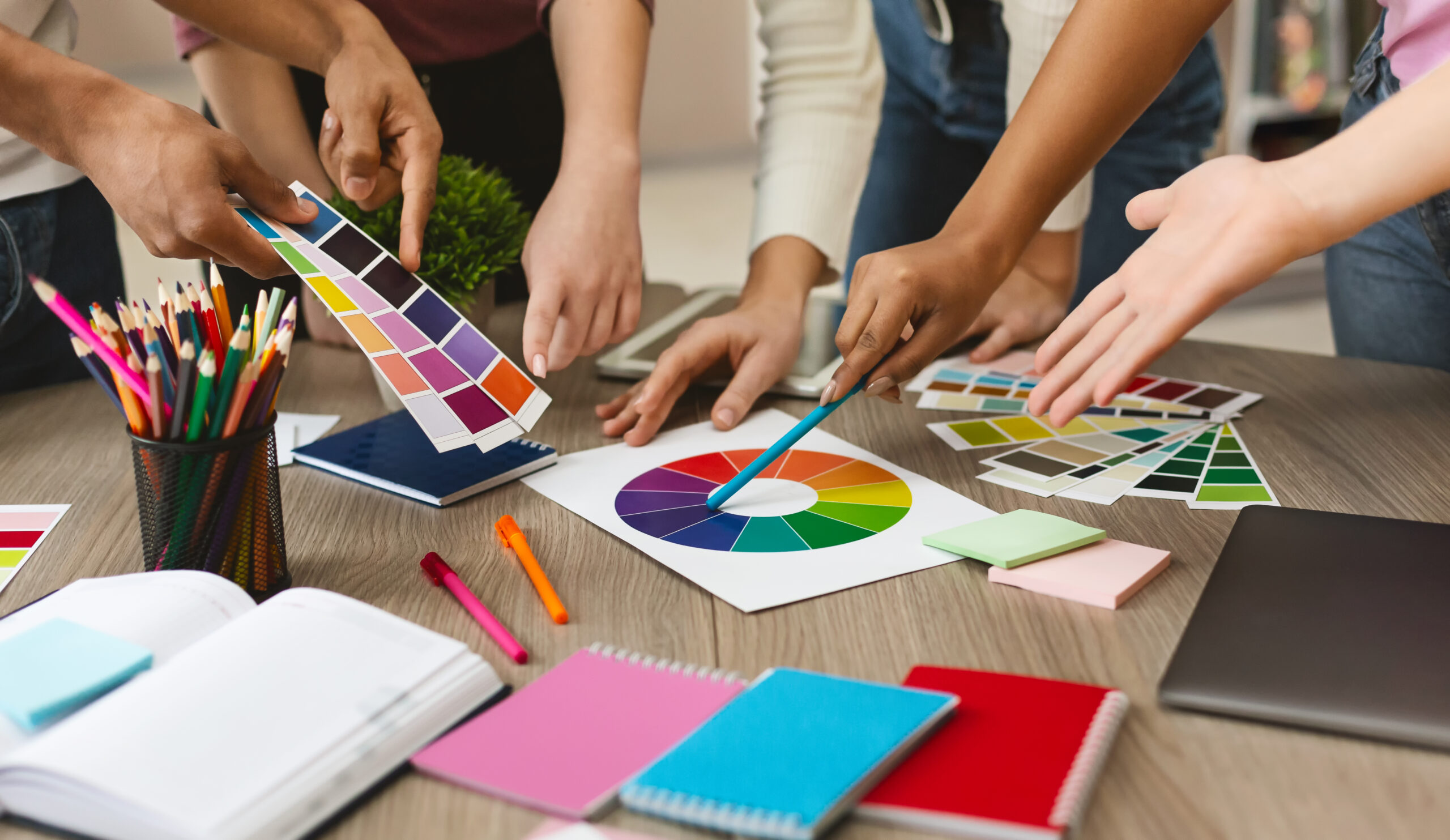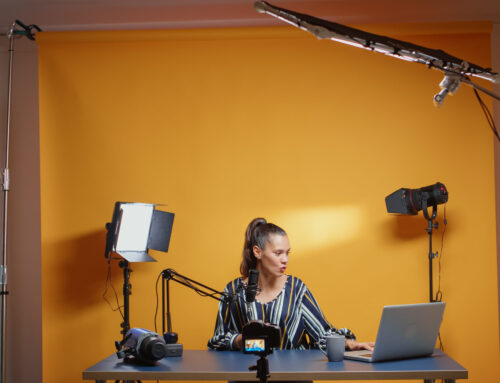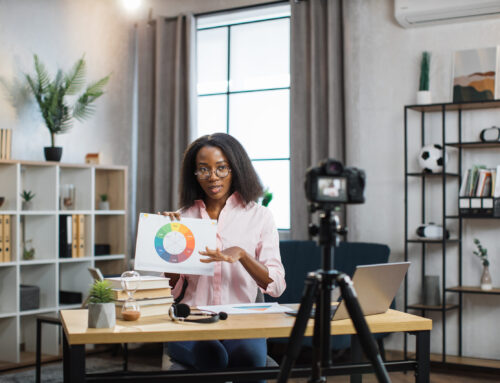
Endless revisions? Missed deadlines? Going over budget? Oh my! Making pretty things isn’t always fun and games. These are common issues many of us have faced while producing creative projects for our organizations. Whether you’re a seasoned professional or just starting out, understanding how to collaborate effectively with graphic designers is number one in elevating your organization’s visual presence.
Here are a few tips to make the most of your design partnerships:
1. Get the communication right.
Success in design starts with clear communication. By articulating your vision clearly and sharing your mission upfront, you set a solid foundation for the project. Utilize visual examples to bridge the gap between concept and reality, ensuring that your designer fully grasps your expectations.
2. Creative briefs were made for this.
A creative brief is what is going to help you turn those good conversations in to action. This document not only guides your designer but also aligns the project with your strategic goals. A creative brief outlines the objectives, target audience, and key messages of your project. You can find easy-to-use templates on platforms like Canva or Adobe that will help streamline this process.
- DO include the project’s purpose, specific deliverables, target audience, and desired message.
- DO specify brand elements like colors, fonts, and logos to be used.
3. Stay constructive with the feedback.
As your project progresses, offering constructive feedback becomes essential. Compare these approaches: Instead of vague dislikes, pinpoint specific elements like alignment or color schemes that could be improved. This specificity helps prevent misunderstandings and keeps your project on track.
- Constructive Feedback: “Could we try aligning the text with the graphics to enhance readability?”
- Non-Constructive Feedback: “I don’t like it.” OR “Can we…make it prettier?”
- Encourage open dialogue and implement a process for feedback throughout the design phase to discuss progress and make adjustments.
4. Pick the right person.
The choice of designer can significantly influence the outcome of your project. It’s essential to assess both the style and the substance of potential designers. While it’s tempting to prioritize cost, remember that quality and compatibility with your mission are paramount for a successful partnership that truly represents your organization.
- DO look for designers with experience in similar projects to understand your needs.
- DO review their portfolios to assess their style and breadth of work.
- DO prioritize quality and fit over cost; cheaper isn’t always better and can compromise the project’s outcome.
5. Make the money make sense.
Even with financial constraints, there are ways to maximize your design budget without compromising on quality. From bundling tasks to using templates and negotiating rates, every nonprofit can find strategies to stretch their resources further. Effective planning and clear briefs can also reduce the need for costly revisions.
- DO bundle multiple design tasks together for potential package deals or discounts.
- DO use templates for recurring design needs to save costs.
- DO plan your design needs well in advance to avoid rush charges.
To dive deeper into these topics, join our upcoming workshop, Better Ways to Work with Graphic Designers. It’s a great opportunity to sharpen your skills and ensure your next design project is as successful as possible. Let’s keep all parties happy and producing beautiful creative products for our mission!






